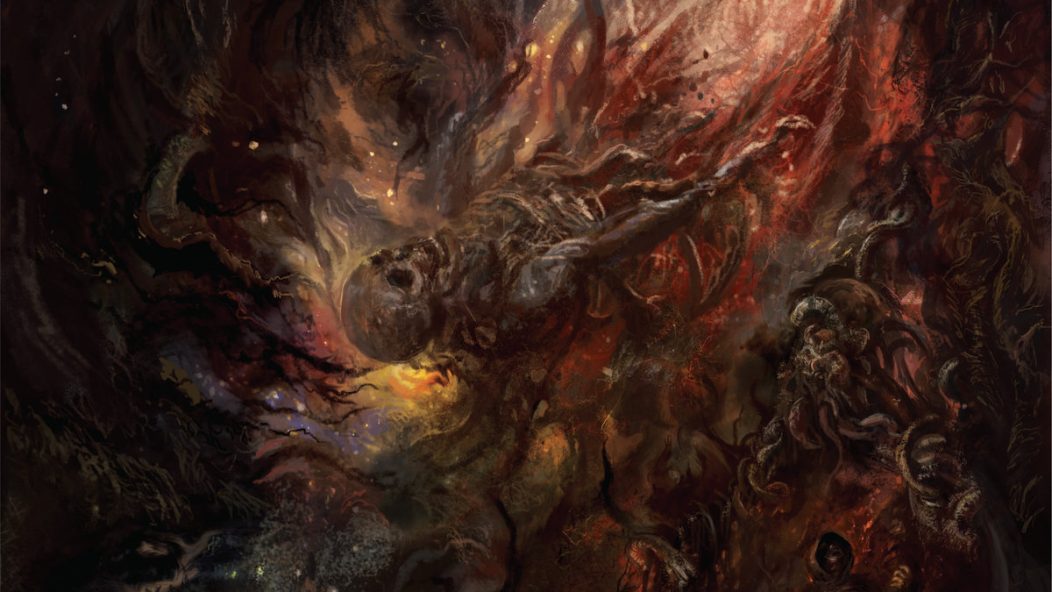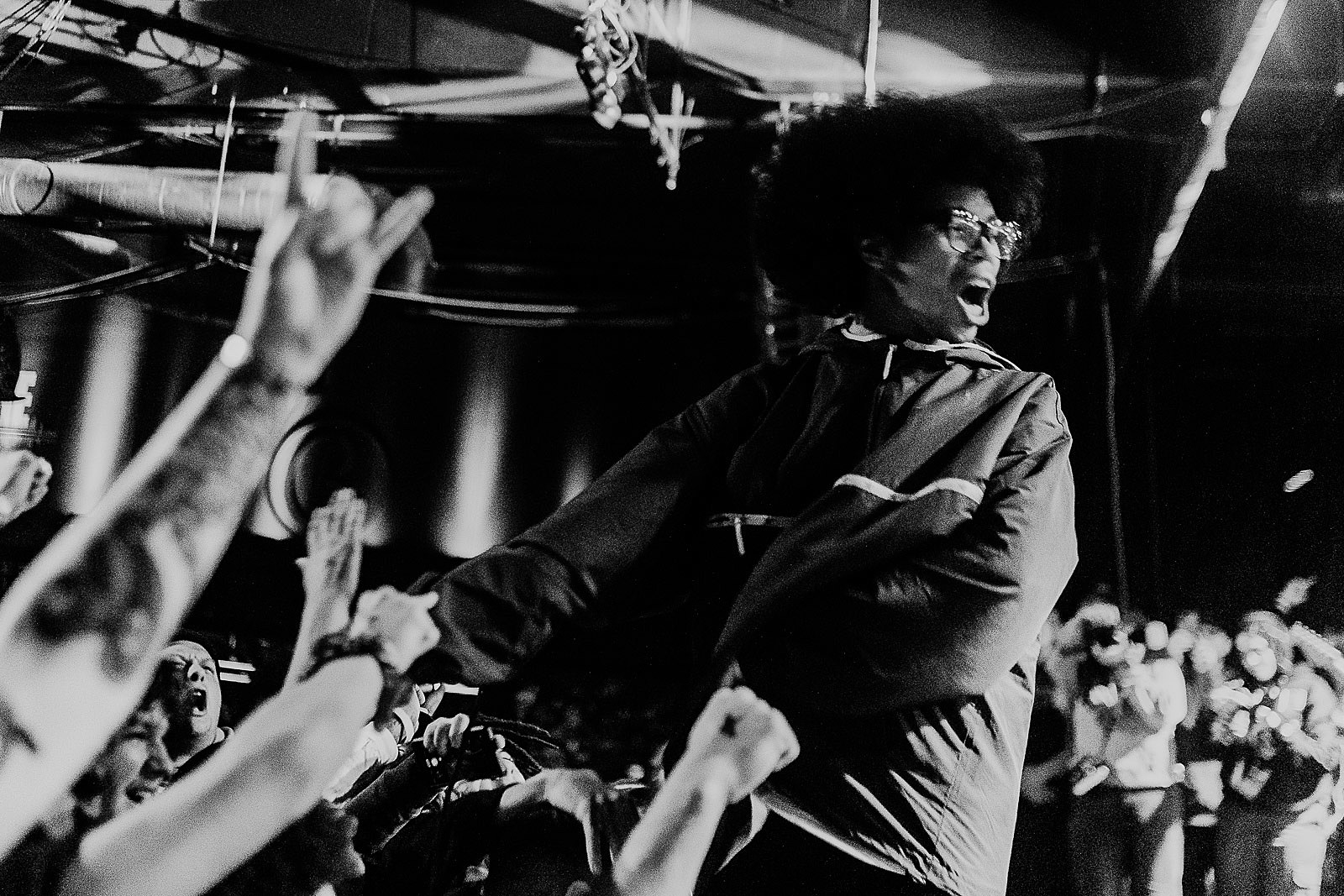
Resin Tomb's Sludgy Grind Induces "Cerebral Purgatory" (Interview)
Weed. Before going any deeper, consider it. The smoke, the resin, the high. Keep that image in your head; you’ll need it in a bit. For now, focus on the gurgling, angry, and pulsating Resin Tomb, the Australian outfit that commenced 2024 by putting everyone on notice with their debut album Cerebral Purgatory. Their message is that we all die and scarcely ever do our deaths hold any meaning.
Released through Transcending Obscurity this past January, Cerebral Purgatory is tight and technical grindcore cut from a different cloth. Resin Tomb propounds that there needs to be plenty of death metal in your grindcore, it better sound more like Ulcerate than Morbid Angel, and while you’re at it, throw some sludge in there, but not enough to draw the songs out longer than four minutes and twenty seconds.
…
...
Even with all these strata, Resin Tomb is rooted in grindcore. The band’s backstory and live shows best display their hardcore origins, as seen from their movements and demeanor captured on video. When asked if they were raised on Gorguts riffs and transitioned into hardcore enthusiasts when they could legally drink, vocalist Matt Budge replied: “Sort of the other way around, honestly. We are all hardcore kids at heart, AA Shows were big back in the day, so we were all fortunate enough to go to lots of shows from the ages of 15 onwards.”
These roots stuck with them as their tastes matured and they dove into grindcore, “post-black metal Danish/Belgian bands, and finally into death metal and everything dissonant.” They didn’t comb through these styles but ingested them deeply enough that, when Resin Tomb assumed form, they felt it imperative to incorporate all their heavy tastes. Many of these influences are evident even on first listens but, when asked about other influences that may be harder to spot, guitarist Brendan Pip mentioned, “David Bowie, Mobb Deep, Lord Mantis, Disentomb, and Tears for Fears.” He did not expand on how Resin Tomb interpreted these acts, which only means that there’s more buried treasure to dig for.
What will grab your attention first is the bass, which is placed directly in the center of the mix and plays a vital role on Cerebral Purgatory. Pip says, “A lot of the guitar riffs are only held together by single string notes in some parts so the bass being right in your face with the drums helps fill the space between notes and adds a level of dynamics to sections without taking away any power.”
He was kind enough to explain how they achieved their version of Kurt Ballou’s bass blending techniques. “We recorded everything on a fender jazz bass and re-Amped, it through a 6505 into an orange 4x12 with a BK7 darkglass and then blended it with the DI track in ProTools. I think in the end, the bass comprised of four different layers, including a room mic on the reamp. So the orange guitar cab reamp version became the mid-range crunch that you hear present with the guitars in the final recording. By splitting the signal we don’t lose any of the clean low end from too much distortion.”
The bass’ sheer muscle contributes to Cerebral Purgatory’s expression, itself an enraged outpouring towards the fruitlessness of our lives. As Budge explains, “Every song on Cerebral Purgatory is about a horrible existence or a terrifying death. As you said, it’s a morbid fascination with the futility of man. It's like going onto ‘LiveLeak’ (RIP), it’s not just to shock yourself with gore-related content, it’s a brutal reminder of how fragile life can be. You can be doing a mundane task, like driving to work, and you have a lapse in judgment and suddenly your life is over. It’s not done in a way to revere how horrible these moments are, but more so to bring to the forefront that life is disposable and that’s absolutely terrifying.”
Resin Tomb wants you to know that “life is cheap, everything can change at any time, and that real life is far scarier than any fictional concept.” This horror emanates from the fact that every track except for “Human Confetti,” a detached look at what being electrically evaporated would feel like, is based on a real story. “Purge Fluid” recounts Hisashi Ouchi’s story of receiving the worst radiation burns in history after an accident at a Japanese power plant in 1999. He lived for an additional 83 days, but lost most of his flesh and ended up crying literal blood. Resin Tomb withdraws such details and focuses on the horrific aftermath—Ouchi was kept alive on machines to be studied. The tracks’s lyrics are equally as bleak:
“A scientific oddity/ Omitting humility/ Degraded, they study me/ Machines and tubes are my lifeblood/ A body used to explore/ Leaking flesh, auto immune/ Exacerbated deterioration”
It goes without saying that this music is dismal—which is where Resin Tomb’s hardcore roots come back in. Cerebral Purgatory is not happy music, it’s meant to energize you to create meaning in your life because there truly is none, and the universe, the environment, and occasionally, even our fellow man do not care for us.
However, if there is one smirk to be found on Cerebral Purgatory, it comes through the group’s meticulousness. Resin Tomb is a weed reference, and rather than stopping there, they made half of the album’s tracks run for 4 minutes and 20 seconds. “When those songs were coming in close to that time frame, our guitarist Brendan made them all that length with samples etc. These samples are placed for the flow of the album, he just purposely made them all lengths that fit that time frame as a little nod to 4/20.” If even a strand of human confetti can find the humor in a situation like that, maybe we should all adopt Resin Tomb’s outlook.
…
Cerebral Purgatory is out now via Transcending Obscurity.










